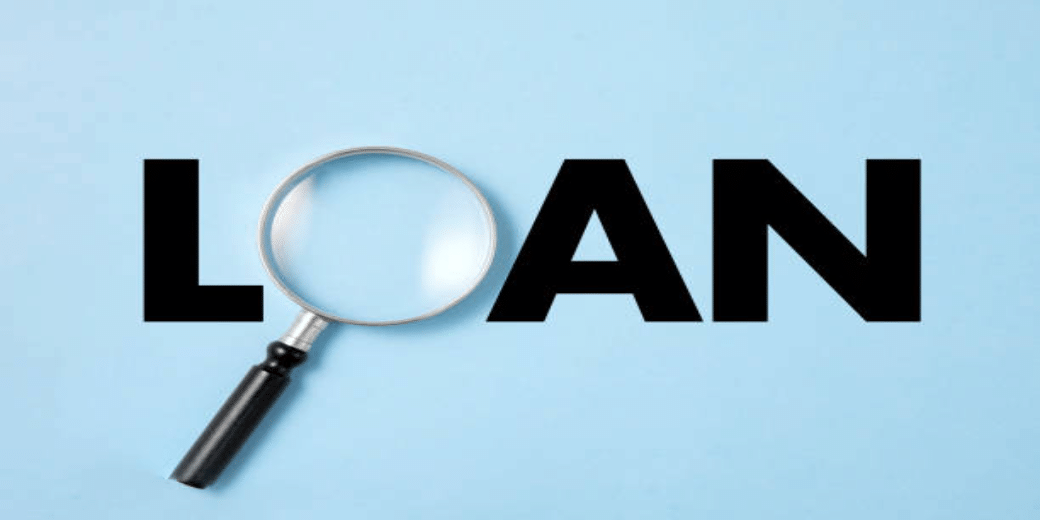March of unsecured loans raises RBI hackles
The Business Standard has reported that more people are taking more unsecured loans of certain kinds in a far greater measure than they were before the pandemic.

Some categories of unsecured loans have gone up by a whopping Rs 7 lakh crore since 2019, raising the hackles of the Reserve Bank of India. The Business Standard has reported that more people are taking more unsecured loans of certain kinds in a far greater measure than they were before the pandemic.
In their eagerness to expand loan portfolios, banks are lending more aggressively through personal loans and credit cards. The pace of extending such loans has been so high that between August 2019 and August 2023, loans through these have gone up by Rs 6.9 lakh crore, data crunching from RBI data has revealed.
The main point of worry is that these loans do not carry any collateral, robbing the central bank of much-needed lenders’ comfort. Bankers always consider unsecured loans more risky that secured ones, since the latter is sanctioned after assets are pledged which the lender can sell off to realise their dues should the creditor fail to pay the instalments.
The RBI has been cautioning the banks against fast rise of unsecured loans and on Friday (October 6, 2023) it urged banks to guard against too fast expansion of unsecured loans that has gone up very fast in the past few years.
While announcing the decisions following the monetary policy committee meeting, RBI governor Shaktikanta Das urged the banks and NBFCs to ensure sufficient risk management practices.
Quoting data from Nomura Securities, the report said HDFC Bank was perhaps the only major bank where the share of unsecured retail loans did not go up compared to total advances between FY19 and June 2023. For HDFC Bank, this share stood at 17%. However, it was also the highest share of unsecured loans in the total loan potfolio fo major banks.
But for ICICI Bank, this share of unsecured loans rose from 7% to 13%, for Axis Bank, 8% to 11% and for Kotak Mahindra Bank 6% to 11%. For the country’s biggest lender SBI, the share of unsecured loans to total advances went up from 5% to 10% in the same time window, while for Bank of Baroda, the share went from 0% to 2%.
Judged from another parameter the unsecured loans stood at 7.7% of total non-food credit as of August 30, 2019. It rose to 9.6% as of August 25, 2023.
However, the country consumer debt remains low relative to the size of its economy. It is about 36% of the gross domestic product (GDP), said estimates by Nomura. For other big economies the share if far higher – 61% for China, 68% for Japan and 75% for the largest economy the US.
However, the report mentioned that there was no imminent risk to the banking system from the rise of unsecured loans but the RBI underlined the need for constant vigil against too fast a rise in this category of loans.
The cumulative amount of these unsecured loans has gone up by 93% to Rs 14.3 lakh crore in August from Rs 7.4 lakh crore in August 2019. The other personal loans category zoomed 87% to reach Rs 11.9 lakh crore in the same time. Outstanding amounts of credit cards 124% to touch Rs 2.2 lakh crore and loans for consumer durables galloped 218% to Rs 0.21 lakh crore.
Significantly, some education loans could be unsecured too.
Over the past few years, the bank have gone aggressive on marketing retail loans and these have come to account for one-third of the funds banks lend. This trend was underlined in the Financial Stability Report of the RBI in June 2023.
“The composition of secured and unsecured advances has changed during this period. While unsecured retail loans increased from 22.9% to 25.2%, secured loans declined from 77.1% to 74.8%,” the report noted.
It also observed that there are some signs of stress.
Download Money9 App for the latest updates on Personal Finance.
Related
- Budget’24: New LTCG rule to hit long-term property owners hard
- Health insurance vs. Medical corpus: What’s your choice?
- The Hidden Costs of Refinancing Home Loans
- Can Homebuyers Expect Tax Rebate from Budget’24?
- Use credit card a lot? Here are 5 ways to avoid debt traps!
- YEIDA launches 361 plots for sale near Noida airport

